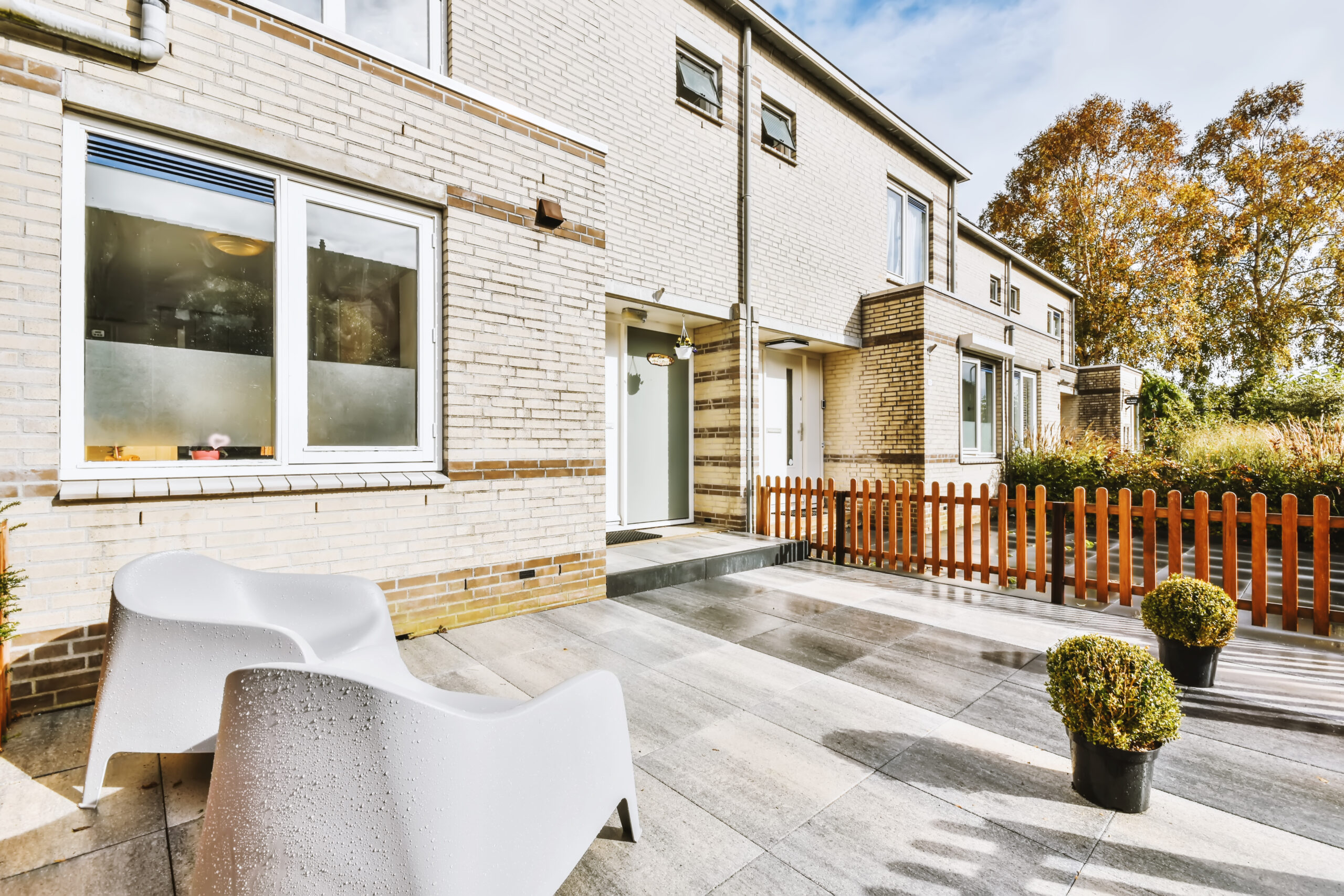
When it comes to erecting a fence around your property, the old adage “good fences make good neighbors” rings true. However, the process of choosing and installing a fence can sometimes strain neighborly relations rather than strengthen them. This is where neighbor-friendly fencing comes into play. Designed to look attractive from both sides and foster a sense of shared benefit, these fences can be the perfect solution to balancing privacy, security, and aesthetics, keeping both you and your neighbors happy.
Neighbor friendly fencing, also known as “good neighbor fencing,” is designed to be equally appealing on both sides. Unlike traditional fencing, where one side faces inward with a smooth appearance and the other outward with exposed posts and rails, neighbor-friendly fences ensure that no one gets the “bad” side. This approach not only enhances the curb appeal for both parties but also promotes a more harmonious relationship between neighbors by ensuring that everyone enjoys the view and benefits equally from the fence.
While some homeowners opt for DIY installation, hiring professionals can ensure that the fence is installed correctly and lasts for years to come. Regular maintenance, depending on the material, might include painting, staining, or cleaning to keep the fence looking its best.
Neighbor friendly fencing is about more than just drawing boundaries; it’s about building bridges between neighbors. By choosing a fence that is as attractive on one side as it is on the other, you can enhance your property, maintain privacy, and foster a positive relationship with those living next door. Remember, the key to a successful neighbor-friendly fence is communication, compromise, and consideration, ensuring that the fence serves as a true asset to both properties.